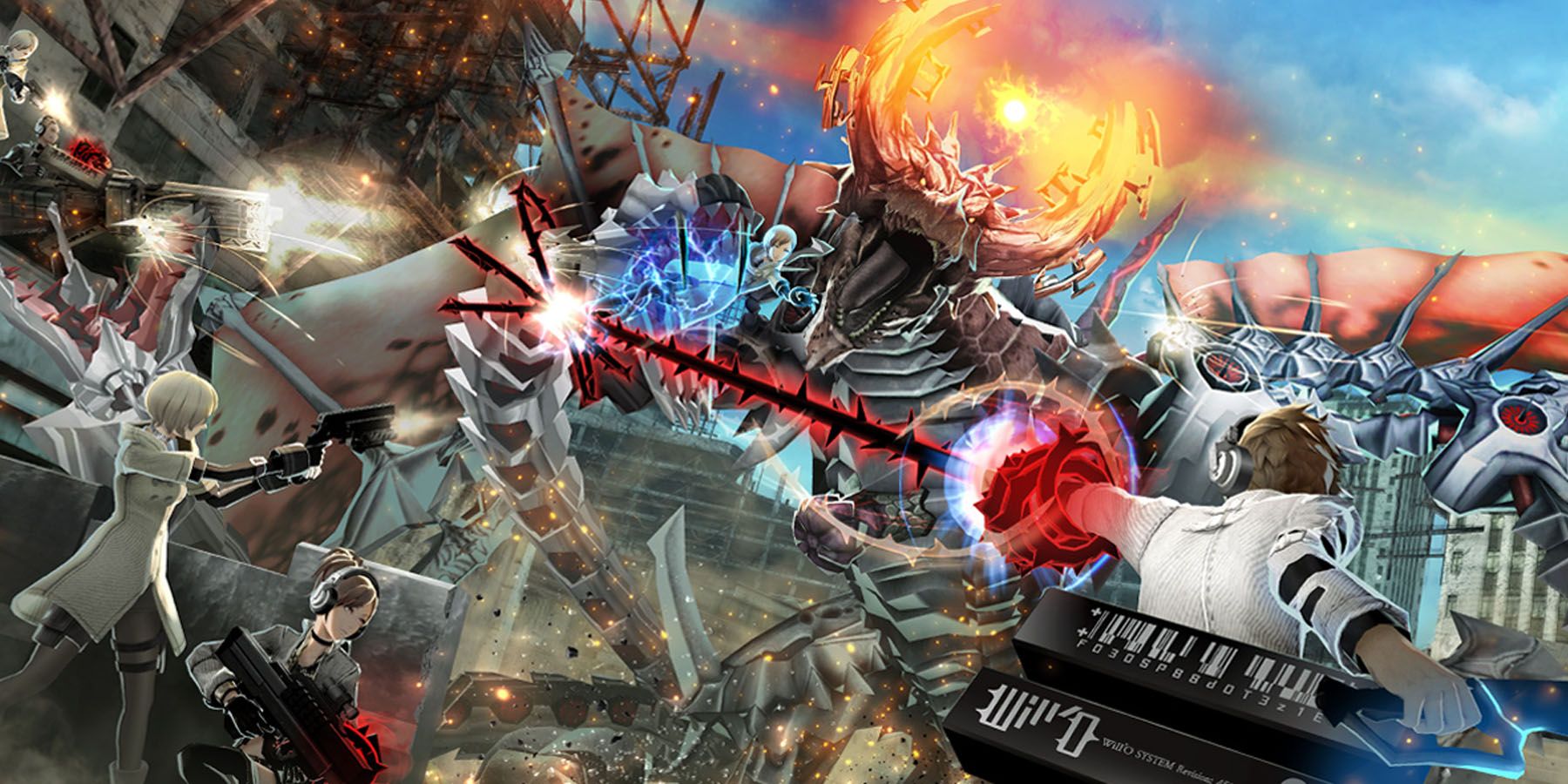When it comes to the handheld console market, few companies have managed to be successful. Though SEGA has tried its hand in the past with the Game Gear, and mobile companies like Nokia have attempted to break into the market with products like the N-Gage, no company or manufacturer has really come close to dethroning Nintendo as the king of the handheld console market. In 2011, Sony tried to do just that with the PlayStation Vita.
A successor to the PlayStation Portable, the PlayStation Vita was an innovative next step for the handheld market. Though the PSP ended up losing its head-to-head battle with the Nintendo DS, Sony seemed determined to make its next handheld console stand out from the crowd. Now, 10 years later, the PlayStation Vita seems to have almost faded into obscurity, despite trying to be a true next-generation handheld.
A Next-Generation Handheld
With the stage set by Nintendo's Game Boy in the 1990s and Sony's rise to the top of the console charts in the early 2000s, the company released its first handheld in 2004. Named the PlayStation Portable, the console marketed itself as being the more powerful of the two handhelds on the market.
Though it failed to reach the same monumental heights as the Nintendo DS, the PSP still found its way into plenty of homes across the world. With beloved franchises like Metal Gear and Monster Hunter receiving exclusive titles on the PSP, the console managed to keep the interest of many PlayStation fans and is still remembered fondly today.
Despite only selling around half the units as the Nintendo DS, rumors of a PSP successor began circulating in 2009. In January 2011, the upcoming console was finally announced, being given the simple code name "Next Generation Portable." A few months later, in June 2011, the console was revealed fully.
Alongside its official name reveal, the PlayStation Vita was shown off in all its glory. A rear touch-pad, a front touch-screen, dual analog sticks, a face camera, and a back camera were all showcased, and immediately set the console apart from Nintendo's series of handhelds.
The PS Vita Had Some First-Class Experiences
Upon its initial release in the West, the PlayStation Vita had 25 titles, with over 100 games confirmed by Sony to be in the works. As is the case with every console launch, not all of its launch-day lineup was stellar first-party exclusives, but as far as handheld experiences go, the Vita had a few standouts.
Rayman Origins was one game available upon launch, offering a surprisingly wonderful and charming adventure that delighted Rayman fans, many of which thought the series was all but gone. FIFA 12 didn't blow any critics away, but it did prove that AAA experiences were possible on the Vita. Wipeout 2048, the first mainline game since the PSP's Wipeout Pulse, was heralded as a good entry in the series, and a great send-off for Studio Liverpool.
But the real draw for PlayStation fans was Uncharted: Golden Abyss, touted as a full Uncharted experience that players could take on the go. Though it wasn't perfect, with many critics pointing out the game's awkward implementation of the Vita's new features, Uncharted: Golden Abyss is still remembered fondly today, with a compelling narrative, some excellent voice acting, solid Uncharted action, and graphics that pushed the boundaries of what was expected from a handheld console.
Over the next few years, some truly excellent games would come to the PS Vita. Persona 4 Golden, a port of the critically-acclaimed PlayStation 2 game, would release on the Vita in 2012, bringing a slew of new content to the already-beloved game, becoming the definitive way to play it. Killzone: Mercenary dropped in 2013, bringing a first-person shooter to the handheld that felt just as good as playing a console FPS.
The Vita also had a few experimental titles that took the system's new features and elevated them past mere gimmicks. Tearaway, for example, was a vibrant and creative adventure game that used the touch-screen and touch-pad in inventive and immersive ways, while Gravity Rush offered a visual feast with some innovative mechanics.
The PS Vita's Abandonment
But the PlayStation Vita's time in the spotlight was about to come to an abrupt end. Just a year and a half after its release, Sony began releasing statements that hinted that the company would be shifting focus away from the Vita, and moving it to the PlayStation 4, with fewer first-party games heading to the handheld in the future.
While this decision made complete financial sense with the PlayStation Vita being officially considered a commercial failure for the company and the PS4 already out-selling it, Vita owners became a little worried that their expensive new console was already dead in the water. The last major Sony release on the handheld was Freedom Wars, releasing in 2015 to a surprising amount of commercial success.
Though first-party content had all but stopped entirely by 2015, third-party ports were still dropping fairly regularly on the Vita. Minecraft, for instance, dropped in 2017 and sold very well for the console. But apart from a few decent third-party releases, the PS Vita was all but done, and as of July 2021, Sony was no longer accepting new submissions to the Vita's Store.
To many, the PlayStation Vita represents missed potential. The PS Vita had the potential to be the true next-generation of gaming, but due to a lack of support from Sony, the Vita was barely able to mark its mark on the gaming landscape.
With the release of the Nintendo Switch in 2017, the handheld market had found its new king. Though it isn't the PlayStation-centric future fans of the Vita had been hoping for, the Nintendo Switch does deliver a handheld experience that feels comparable to playing on a console, something the PS Vita had attempted five years before.

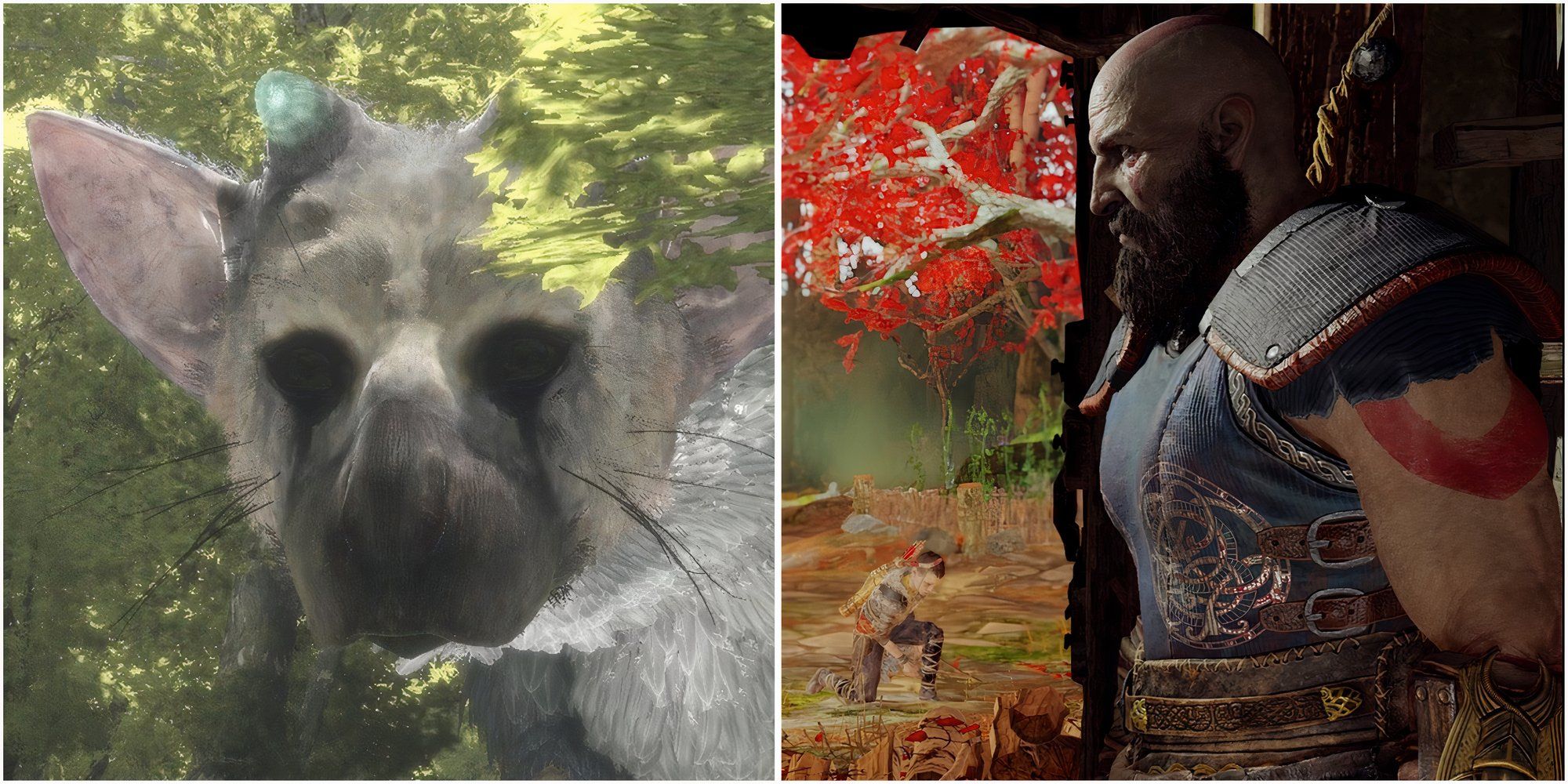
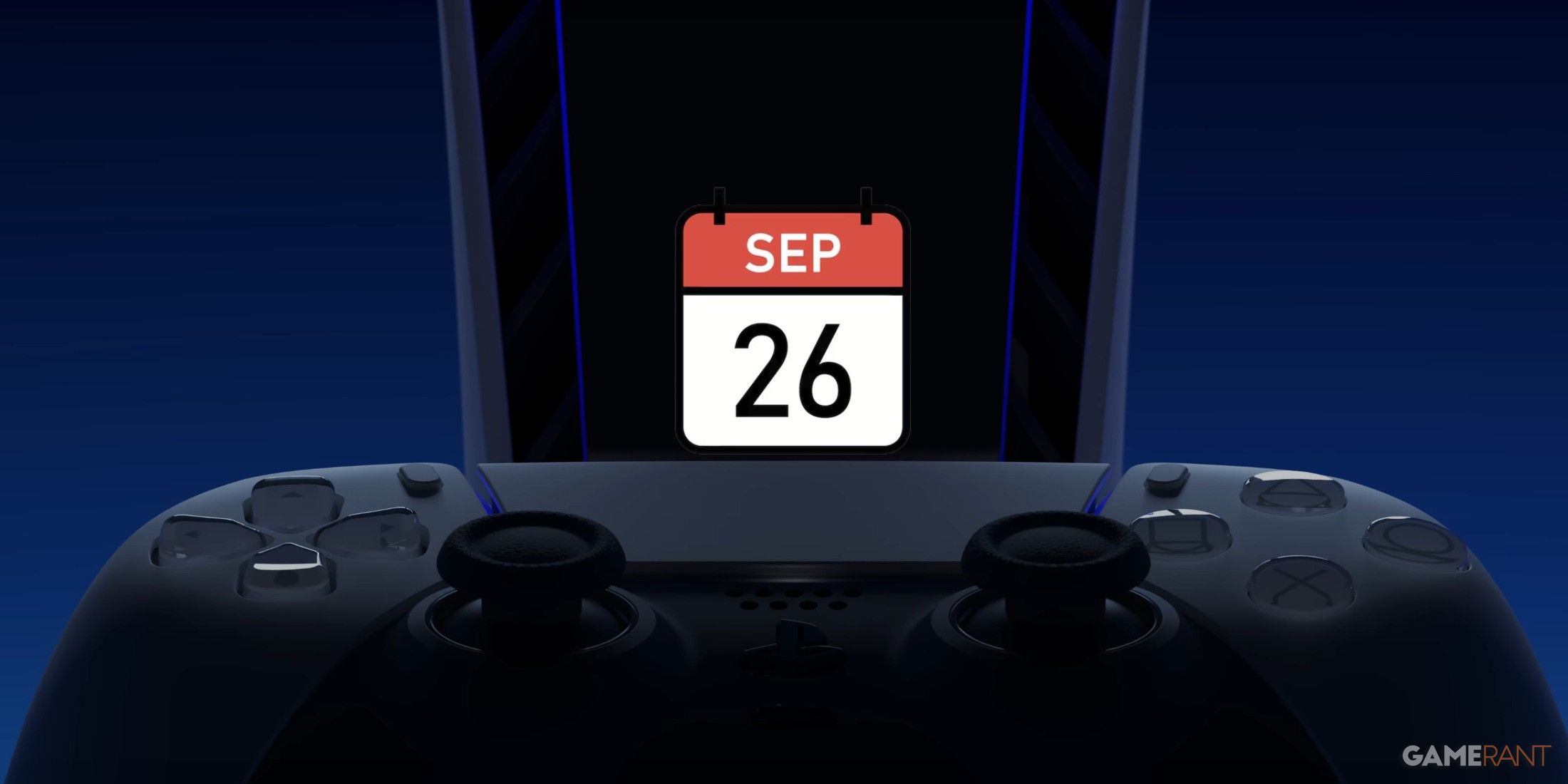
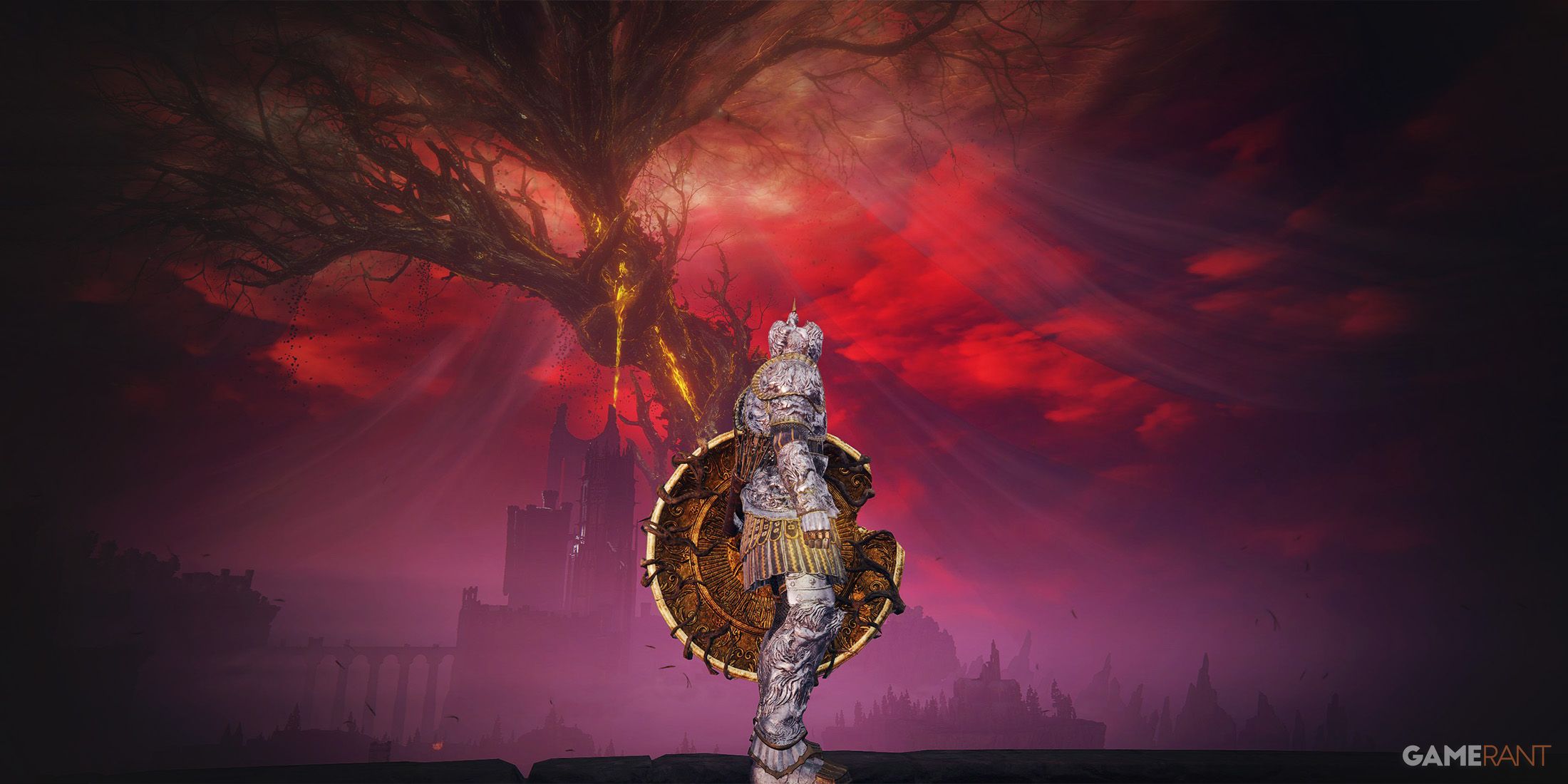
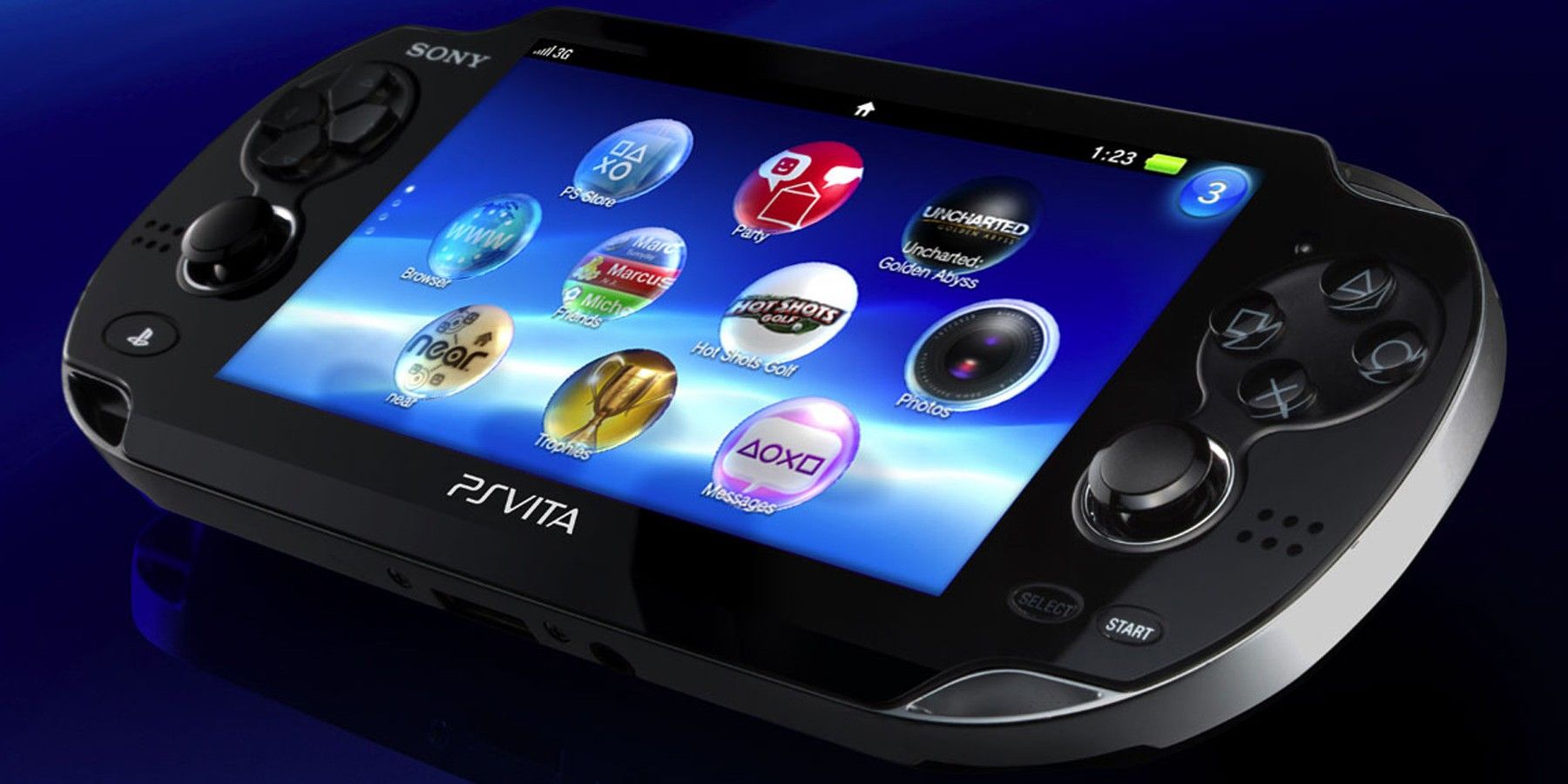
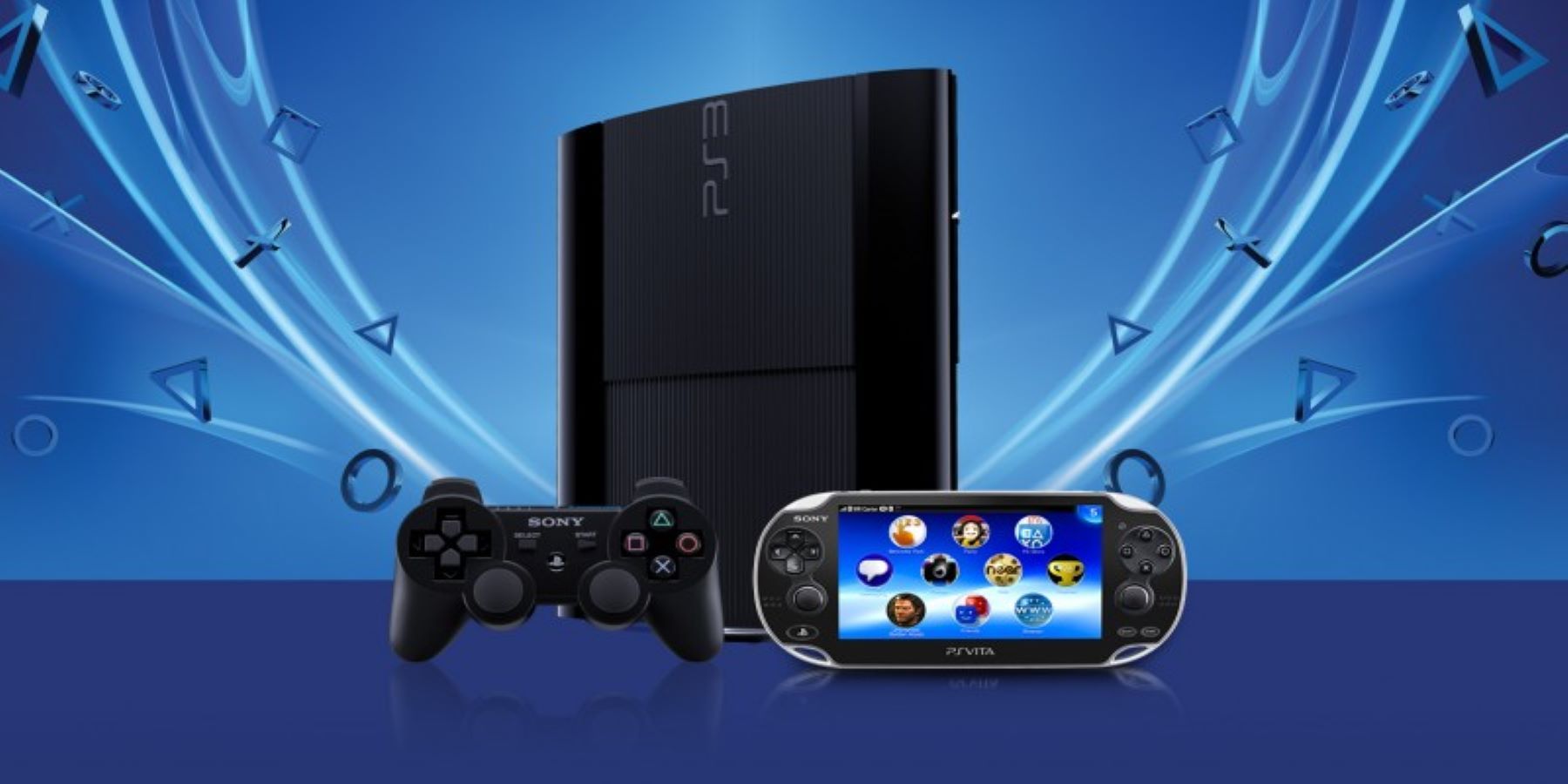
_cropped.jpg)
